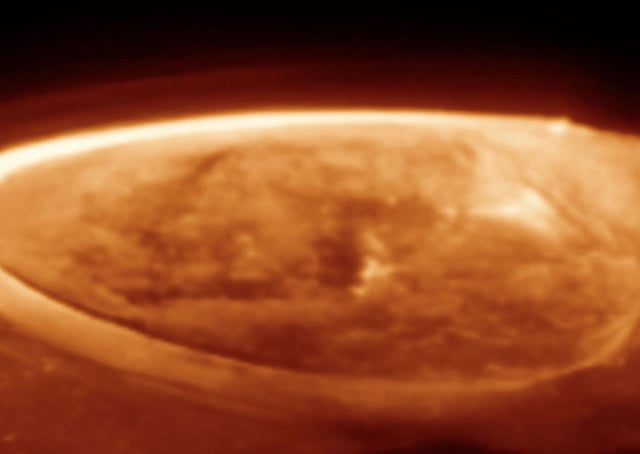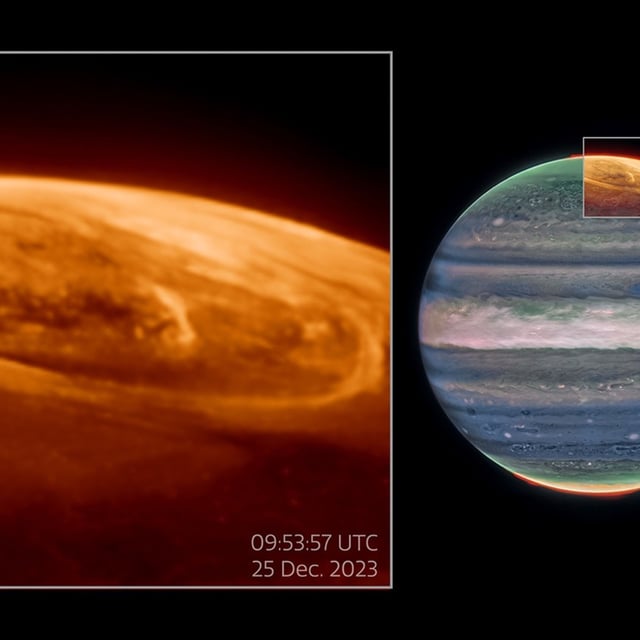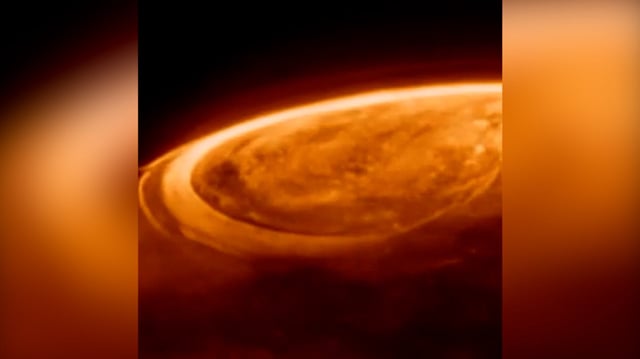Overview
- NASA’s James Webb Space Telescope captured highly dynamic and bright auroras on Jupiter on December 25, 2023, with findings published on May 12, 2025, in *Nature Communications*.
- The auroras, hundreds of times brighter than Earth's, were observed to flicker and vary in intensity on second timescales, challenging previous assumptions.
- A surprising discrepancy emerged as simultaneous Hubble ultraviolet observations failed to detect counterparts to the brightest infrared emissions captured by Webb.
- Researchers suggest the auroras might be driven by low-energy particles in quantities previously thought impossible, raising new questions about Jupiter’s atmospheric dynamics.
- Future investigations will include follow-up observations with Webb and comparative analyses with data from NASA’s Juno spacecraft to unravel these anomalies.


